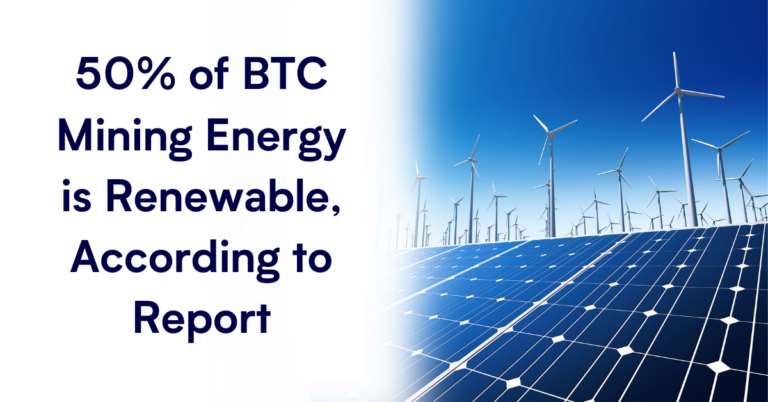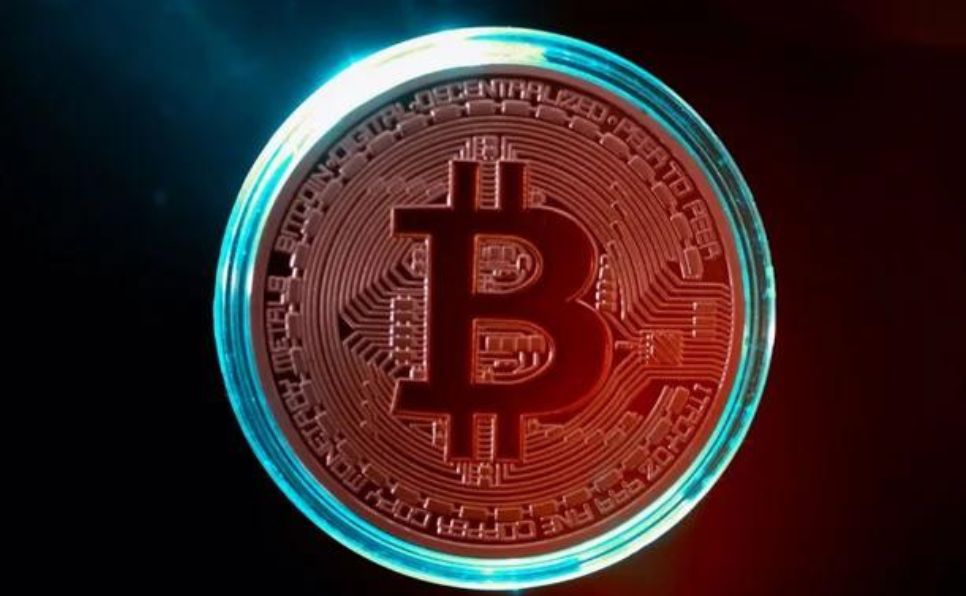Welcome to This Week in Crypto, your go-to source for the latest developments in the world of cryptocurrencies and blockchain technology. In this edition, we delve into Ethereum’s Merge one year later, explore how Bitcoin mining is getting more green, and unravel the mystery of a $500,000 overpayment in mining fees. Join us as we navigate the ever-evolving landscape of digital currencies, innovation, and sustainability.

The Ethereum Merge Celebrates One Year Anniversary - What’s Changed Since?
One year after Ethereum’s transition to proof of stake (PoS), the network has seen a major reduction in energy consumption, slashing more than 99.9% of its previous power usage, according to data from The Cambridge Centre for Alternative Finance.
Additionally, the network has become economically deflationary, with more Ether being burned than issued to secure it, leading to a 0.25% annual reduction in the total supply. Despite community hopes of a price surge due to deflation, Ethereum faced challenges, including macroeconomic issues such as a banking crisis and rising inflation, with Bitcoin outperforming Ethereum in price growth.
The primary focus of the proof-of-stake upgrade was replacing miners with validators to secure the network. The Shapella upgrade in April 2023 drove a significant increase in ETH staking, favoring liquid staking providers like Lido and Rocket Pool. Currently, liquid staking providers dominate the Ethereum landscape, with over $19.5 billion worth of ETH staked via liquid staking protocols. Notably, Lido Finance stands as the largest staking provider, controlling 72% of all staked ETH. However, concerns have arisen about the level of control granted to staking providers, particularly Lido Finance, despite the removal of barriers like expensive mining hardware. Overall, Ethereum’s transition to PoS has brought energy efficiency and economic deflation, while still facing challenges amidst broader economic instability.

Renewable Bitcoin Mining Hits 50% - Will Tesla Begin Accepting BTC Again?
A Bloomberg analyst has revealed that more than 50% of the energy used in Bitcoin mining now comes from renewable sources, potentially meeting the benchmark set by Elon Musk in 2021. Musk had previously stated that Tesla would resume accepting Bitcoin payments once miners reached approximately 50% clean energy usage, coupled with a positive trend. According to analyst Jamie Coutts, this shift towards renewable energy in Bitcoin mining is a result of miners relocating from China after the country banned mining in 2021, and other nations exploring ways to utilize excess energy resources.
This achievement of the 50% energy benchmark in Bitcoin mining may have significant implications for broader cryptocurrency adoption and may influence major companies like Tesla. Despite the positive trend in green energy adoption, Elon Musk has not altered Tesla’s policy regarding Bitcoin payments since announcing their suspension in May 2021 due to environmental concerns.

Miner Overpayment: BTC Miner Returns over $500K in mistaken transaction fees to Paxos
A Bitcoin miner has returned 19.8 BTC in fees to blockchain infrastructure firm Paxos after the company claimed it had made an error by paying over $500,000 in transfer fees. The incident initially puzzled the crypto community last week when a Bitcoin transaction was discovered, which paid approximately $500,000 in fees to move only $2,000, whereas the average network fee was around $2. Speculations arose, suggesting that the transaction might have resulted from a data copy-paste mistake, accidentally inputting an output into the fee box without checking twice.
On September 13, Paxos acknowledged that it was their server that had initiated the transfer. They assured users that their funds were secure and took full responsibility for the mistake. Subsequently, the Bitcoin miner, after seeking input from their followers on X (formerly Twitter), agreed to refund the amount to Paxos. Despite some suggesting distributing the money to other Bitcoin miners, the miner returned the funds, as confirmed by blockchain data shared on September 15 by Bitcoin explorer Mempool.




